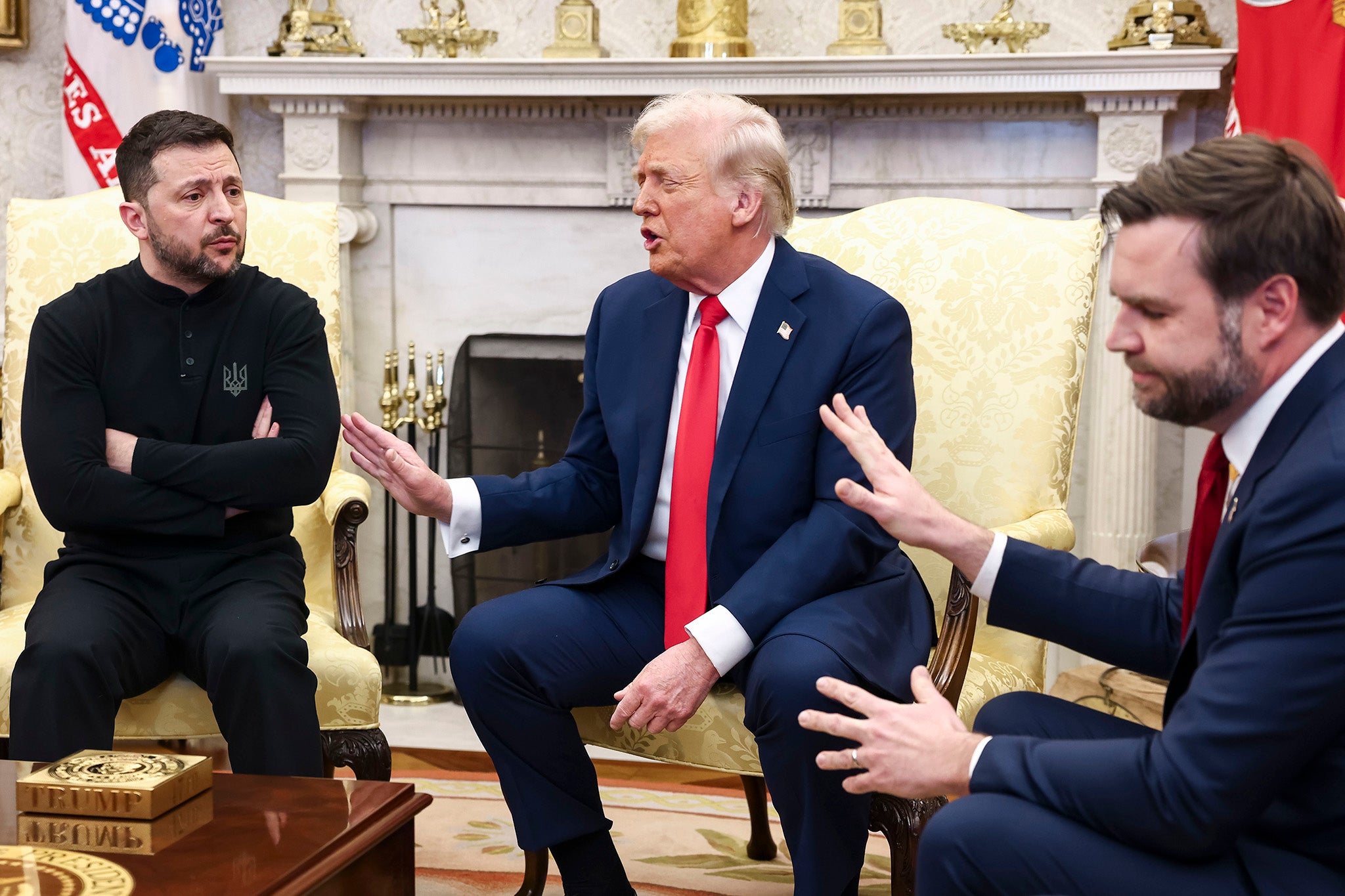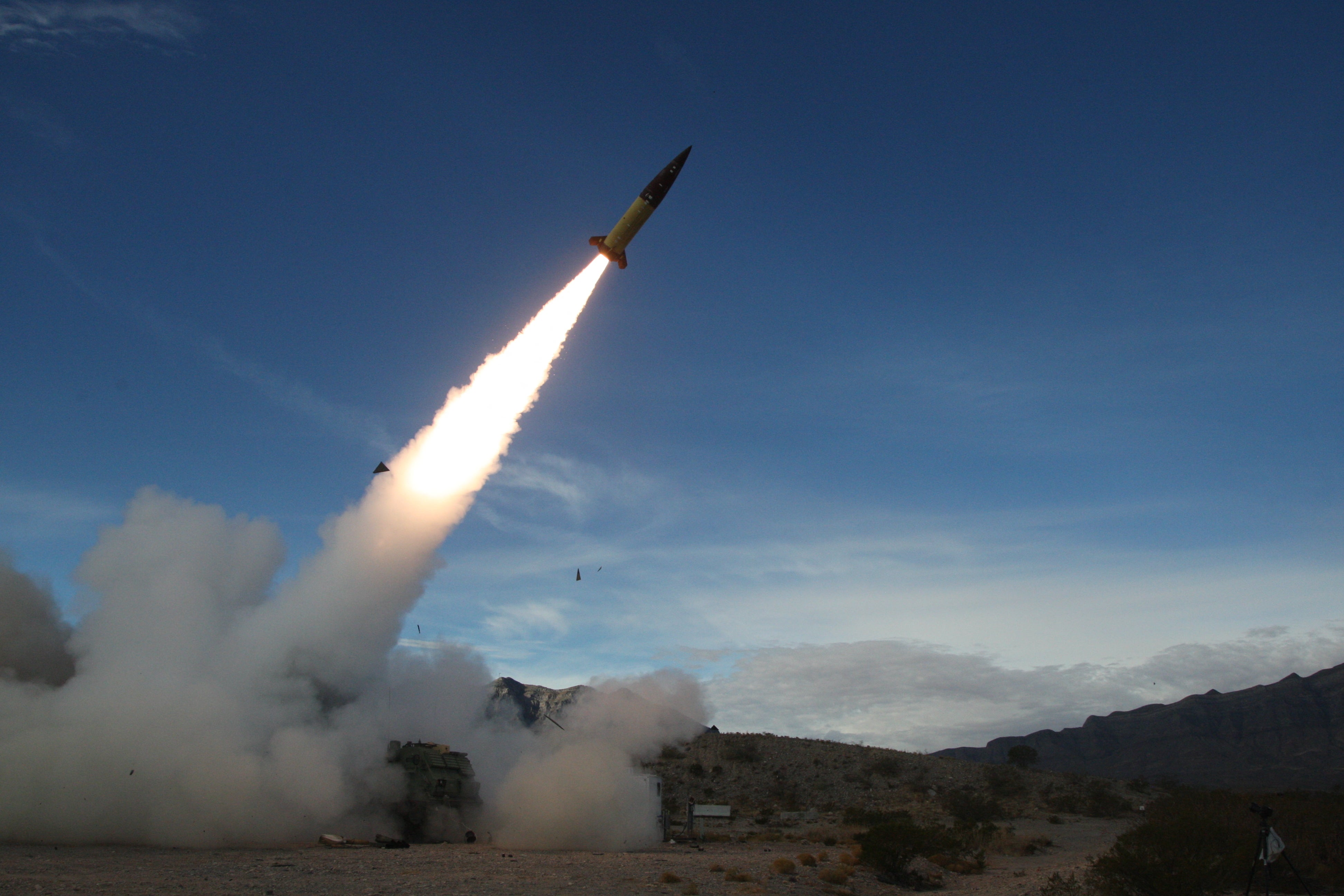JD Vance is emerging as the real power in White House – it could mean a decade of ‘mafia-style malice’ for Europe
JD Vance is campaigning for the 2028 elections and he is no friend of Europe or the UK, world affairs editor Sam Kiley writes


European leaders have rushed out messages of support for Volodymyr Zelensky and are bustling to London for emergency talks in a “what the heck” moment. Facing them now is how to protect Ukraine. In the long term, it’s the continent itself that’s in danger – from Donald Trump’s attack dog.
JD Vance is already on the campaign trail for the 2028 elections. If he won, he could be in office for two terms. That means Europe must not merely brace for, but act on, the threat of 12 years of anti-democratic, mafia-style malice, racketeering and downright treachery from a White House now dominated by extremists of spectacular ignorance.
The US vice-presidency has seldom been put to more devastating effect. But it is Vance who is emerging as the biggest voice in the Oval Office. Vance’s focus has been international affairs but his intended audience is entirely domestic. And he has the backing of the richest man in the world along with other billionaire tech bros.

When he railed against Europe for, in his words, failing to protect free speech, calling EU officials “commissars” and having a crack at the UK, he was playing to a social media gallery. He did the same in his attempt to hijack talks between Sir Keir Starmer and Donald Trump, butting in with a repeat of his bizarre claim that the UK was infringing on the free speech rights of Britons and Americans.
“We do have a special relationship with our friends in the UK and some of our European allies, but we also know that there have been infringements on free speech that actually affect not just the British – of course, what the British do in their own country is up to them – but also affect American technology companies and, by extension, American citizens,” Vance claimed, sitting in the same place on the sofa he used to launch an attack on Zelensky the following day.

Vance’s claims are nonsense. So were his allegations that Zelensky’s government was kidnapping Ukrainians to press them into the armed forces and that the Ukrainian president had not been thankful for American support.
The tough-guy exchanges were intended to be clipped up for recirculation on social media from where, Vance himself admitted, he seemed to have got most of his Ukrainian data. Data, it’s safe to assume, generated in Russian disinformation bot farms.
It is possible, even likely, that after the Zelensky-Trump/Vance row in the Oval Office this week, the US will cut military and civilian aid to Ukraine. So far the US has spent about $120bn on Ukraine – not the $350bn that Vance and Trump claim.
About half of it is in civilian financing. That’s just money. European leaders meeting in London need to immediately agree to plug the future civilian funding gap, if it emerges. For example, the US has promised $875m to support the Ukrainian energy sector which is the main target of Russia’s relentless drone and missile attacks.
Harder to sort out are weapons. They are expensive. They also take time to produce. If the US will no longer supply them to Ukraine, the Europeans will have to make them – and buy them – for Ukraine. Some of that spending will necessarily be in the US but much of it will not be.
If Trump cuts military aid to Ukraine, he’ll be cutting American jobs. So be it.

At the London meeting on Sunday, European leaders need to recognise that they must provide the strength for Ukraine (and the rest of the continent) through which peace with Russia can be guaranteed. In other words, they need to finance their own long-term hard power deterrent.
According to a study published by Bruegel, a think tank in Brussels, Europe would need an extra €250bn euros a year, and another 300,000 troops, to defend against Russia in the short term.
Spending on Ukraine’s defences would have to go up to around 0.4 per cent of GDP – up from the 0.2 per cent or less that many European countries cough up – for what, they claim, is the defence of democracy in our time against invading Kremlin forces.
To hedge against the possibility that the anti-Nato, anti-Europe Vance, a vocal supporter of extreme right-wing parties and causes, could end up dominating the White House until 2036, Europe and the UK will have to spend much more than the 2.5 per cent of GDP Starmer has said he wants to use for defence in the UK.
Bruegel estimates all Europeans would have to spend 3.5 per cent of national GDPs if the US drifted away from Nato, let alone withdrew completely.
During the Cold War, the UK always spent above 4 per cent. But any surge in defence spending would have to be paid for by an increase in taxation, cuts in spending elsewhere, and borrowing.
Selling that is going to be hard for the men and women gathering in London to take back to their voters. But the louder Vance shouts on his long campaign trail, the more urgent, and easier, it may become.
Join our commenting forum
Join thought-provoking conversations, follow other Independent readers and see their replies
Comments
Bookmark popover
Removed from bookmarks